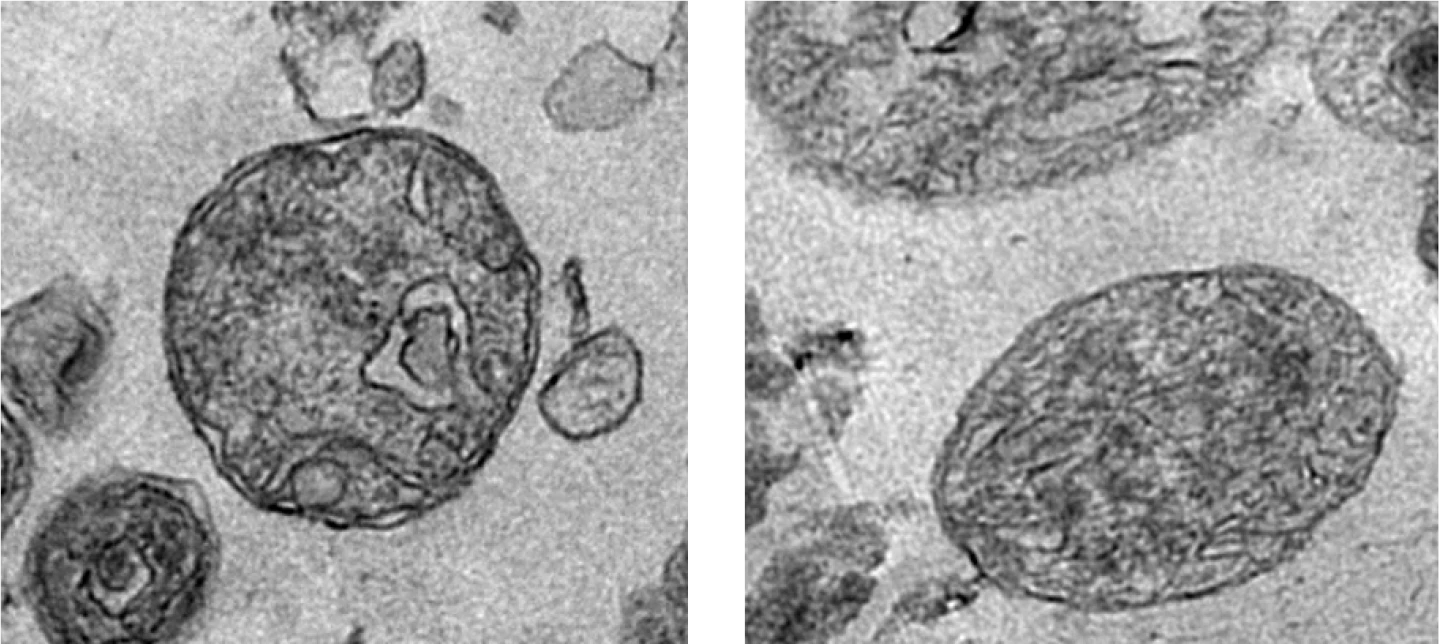Researchers at the Montpellier Cancer Research Institute (IRCM) have discovered a new component in blood that has never been detected there before. Mitochondria are normally found inside cells, but the team has now discovered them floating around on their own in the bloodstream.
Often referred to as the power houses of cells, mitochondria are organelles that play a key role in metabolizing energy and cell signaling. Occasionally they are found outside of cells, but usually only as fragments within platelets.
But after a seven-year study, an IRCM team has now found complete and fully-functioning mitochondria in blood plasma, contained inside highly-stable structures. Using electron microscopy, the researchers analyzed plasma samples from about 100 people, and found up to 3.7 million of these mitochondria-containing structures per milliliter of plasma.

The team was originally tipped off to the presence of mitochondria in blood by previous studies, which found that a person’s blood plasma can contain up to 50,000 times more mitochondrial DNA than other types of DNA. That implied that whole mitochondria were circulating through the bloodstream inside stable, protective structures.
“When we consider the sheer number of extracellular mitochondria found in the blood, we have to ask why such a discovery had not been made before,” says Alain Thierry, lead researcher on the study. “Our team has built up expertise in the specific and sensitive detection of DNA in the blood, by working on the fragmentation of extracellular DNA derived from the mitochondria in particular.”
The discovery means that this extracellular mitochondria must be playing some kind of biological role. The team hypothesizes that it may be helping to induce immune and inflammatory responses, and helping cells communicate with each other.
The research was published in The FASEB Journal.
Source: Inserm





